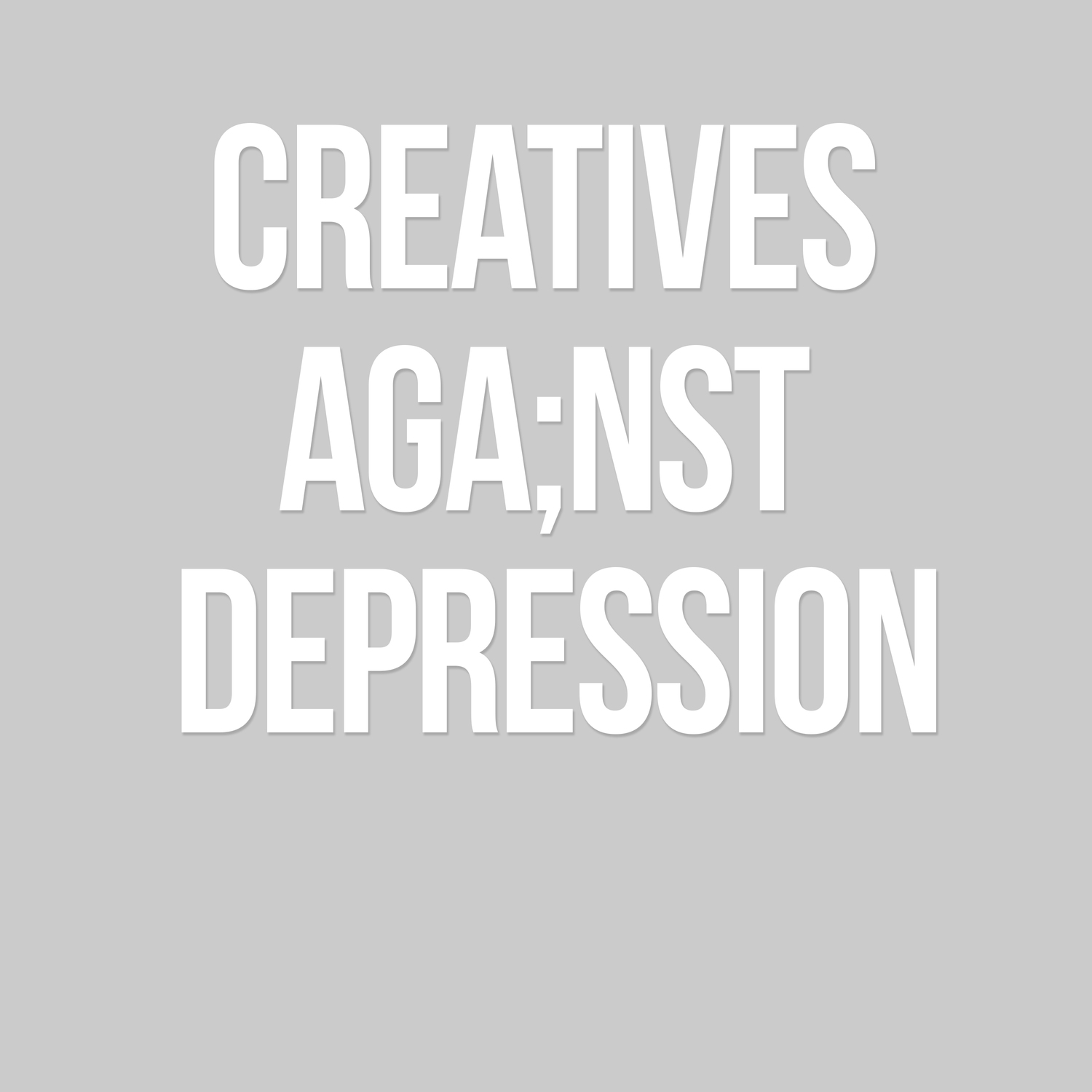Author Note: Before we move on to more of the subject matter a note must be made, regarding the importance of people-first language. As anyone who has experienced issues with substances or knows someone who has attest, they are still people at the end of the day; worthy of respect and decency when being spoken of.
With that in mind, for the rest of this article and more importantly everyday life, I implore people to use people-first language such as individuals with substance use issues, or substance abuse issues, or substance use disorder, etc. Please help put to rest the dated notion of using dehumanizing labeling language like addict, alcoholic, drunk, pill-popper, junkie, crackhead, etc.
Marriage is a commitment made between two individuals to honor each other every day until death do they part. And while the statistics around divorce can cast doubt on the institution of marriage, many can agree that when vows are exchanged, they intend to see it through to the end. However, as many of us married folks can attest, marriage is hard work and the relationship at its core needs to be prioritized every day.
That said, if you happen to throw in another layer to the already complex makeup of a marriage, like substance abuse and addiction, the odds of survival for any marriage start to diminish. Although divorce is usually the result of a combination of factors, there is a good chance that your marriage will not survive addiction. As noted by the University at Buffalo (2014), “alcohol and substance abuse are among the most common reasons given for divorce — the third most common for women and the eighth-most common for men.”[1]
The Scope of Addiction as a Societal Problem
When people hear “addiction” or “substance use disorder,” many think of illicit drugs, when in fact, according to the Substance Abuse and Mental Health Services Administration (SAMHSA), 73% of adults suffering from a substance use disorder in 2019 struggled with an alcohol use disorder; as opposed to only 39% who struggled with illicit drugs.[2]
With the mainstream normalization of alcohol consumption, it is easy to understand how society doesn’t view how large of an issue alcoholism is to marriages and families. However, in a study conducted over nine years, it was found that nearly 50% of couples with a discrepant drinking pattern (where only one partner drinks heavily) divorced, while 30% of couples who drank at similar amounts divorced during this same time.[3]
Not to mention, one SAMHSA study noted that “polysubstance use is common — if a person is having problems with one substance, they are likely using and may be having problems with other substances.” What’s more, when these individuals suffer from such a “co-occurring disorder”, also known as a “dual diagnosis”, many receive treatment for only one of their ailments.[4] Indeed, it is estimated that of the adults living with co-occurring disorders, 34% receive mental health treatment, 2% enroll in drug rehab, and only 12% get the help they need for both disorders.[2]
There’s also the issue of the ripple effect on an individual’s career, home life, and society at large, with the fact that drug abuse and addiction cost American society more than $740 billion annually in lost workplace productivity, healthcare expenses, and crime-related costs.[5] That’s in the addition to the impact addiction has on marriages and families, which is no doubt as damaging to society as the direct economic effect, yet harder to quantify.
Personal Accounts of Being Married to Someone Struggling With Addiction
For those in relationships with individuals struggling with substance abuse, it’s hard to navigate how to go about addressing the issues. For some, couples therapy, interventions, checking into a rehab program, and abiding by a 12-step program can all serve as great options; all to say, there is no clear-cut solution. With that in mind, I interviewed various individuals from all over the country, spanning a variety of generations, races, cultures, and genders about their experiences being married to individuals who struggled with substance abuse.
S.P., a mother of four and a former armed services member, details how she met her ex-husband while serving and stationed overseas. “I met [my ex] in Germany in 1974 when we were stationed together. I was stationed in a company where a lot of the guys were doing heroin. But once women came in the drug use lessened. We both did our tour but I left first.” What S.P. detailed next was what happened when they were no longer together in Germany. “He went back to doing drugs and got arrested and sent to Leavenworth. When he got out… we got married… and had 4 kids and I missed a lot of his addictive behavior. My eldest became a full-blown addict, she knew about him and him [about] her.” After some 36 years of marriage, S.P. divorced her husband.
Kacie tells of a lifelong struggle with compound/complex trauma stemming from witnessing partner abuse and substance abuse firsthand as a young child, and normalizing the tumultuous behavior. “My history with relationships has always been pretty broken… when I was at the age where finding a life partner was my hope, I looked for the same kind of what I considered love or passion in a partner.” Kacie goes on to say, “Self-love was not my main objective, I wanted to be good enough for a husband. My first relationship at 20 was with a heroin addict… he wasn’t there for my infant son.” They ended up getting married because as Kacie puts it, she “wanted something to belong to.” However, it wasn’t long before belonging to something became more “… I was stuck to his addiction and got lost in the codependency. Not surprisingly, that relationship ended in him giving up on me.”
The next relationship Kacie found herself in lasted 12 years and was to a man with alcoholism, resulting in another child. The addiction moved on to violence, as Kacie describes, “Three domestic violence charges later, my 7-year-old at the time son being the voice of reason and asking to leave his dad and move back to Idaho.” Kacie is currently married to her husband of 10 years; a gentle, caring man, who unfortunately also struggles with alcoholism. Two years ago, Kacie asked him to enter rehab. What happened next changed both their lives forever. While staying with family before checking into a program, her husband was struck by a vehicle while meeting up with a friend to drink. Kacie now is a caregiver to a man with not only an addiction issue but also a TBI [traumatic brain injury] and is no longer the man she married 10 years ago. When asked about whether she intends to stay, “My growth [as an individual] makes me question my commitment to the relationship… I don’t love my husband in the sense that he is my partner. I value him in the sense that he is a human…”.
Speaking to the fact that addiction comes in many forms, all of which can ruin marriages and cause relationships to fail, Jay shares of his experience, “My ex-wife was addicted to a video game… she changed her name to be referred as her character name on WoW [World of Warcraft]. She thinks she [is] this made-up character, on game and in real life.” Jay goes on to say, “My paychecks would be drained due to her changing the guild name every week or so, or boosting another character; it just destroyed our relationship.”
And lastly, MaryAnne G., speaks of the perils of when addiction becomes a generational issue. Having been married for over 40 years, MaryAnne G.’s husband has experienced waves of addiction and is someone who is functional while living with alcoholism (he is currently clean and sober). However, their son was not so lucky, as he was plagued by the disease as well. MaryAnne G. elaborates telling the story of, “A child of an addict [who] survived addiction until the lack of health insurance led him to short term fixes for chronic pain, that could have been alleviated by a simple surgical procedure, but instead led to an opioid addiction. My beautiful son lost his fight on December 28th, 2019.” MaryAnne G. details how for years she felt as though she was unconsciously preparing herself for becoming a single mother, with years of school, degrees, and promotions. When asked how they are presently, she goes on to state, “Forty plus years later we are in a good place, but every so often the PTSD I experience rears its ugly head. Would I do it again? I’m not sure.”
The Importance of Boundaries and Self-Identity
All the above stories speak to the importance of establishing healthy boundaries, letting others take responsibility, and not losing oneself to roles. However, as we also know from their stories, this is easier said than done. With that in mind, here’s a list of some quick questions that partners and spouses can ask themselves:
Are you setting healthy boundaries for yourself?
Are you letting the people in your life take responsibility for themselves?
Do you access any professional help outside your home?
Do you give yourself time for your own self-care?
Being in a marriage where one partner is struggling with substance abuse does not mean that marriage is doomed to fail. If you act to make sure that the answer is “yes” to all of the above questions, take that as a victory because it means your relationship at least has a chance.
How to Get Help
Getting help and support for both spouses in a marriage where one partner is living with addiction is critical for the survival of the relationship. That, of course, is aside from the addiction recovery work that must take place. Below are some great organizations working that individuals dealing with addiction and their spouses.
Peer support programs for individuals struggling with substance use/abuse include:
Alcoholics Anonymous (AA)
Narcotics Anonymous (NA)
Secular Organizations for Sobriety (S.O.S.)
Programs for family members of individuals struggling with substance use/abuse include:
Families Anonymous (FA)
CoDA (Codependents Anonymous
References
Research Institute on Addictions — University at Buffalo. (2014, October 13). Does Drinking Affect Marriage? http://www.buffalo.edu/cria/news_events/es/es12.html
Substance Abuse and Mental Health Services Administration. (2020, September). 2019 National Survey of Drug Use and Health (NSDUH) Releases. SAMHSA. https://www.samhsa.gov/data/release/2019-national-survey-drug-use-and-health-nsduh-releases
Leonard, K. E., Smith, P. H., & Homish, G. G. (2014). Concordant and discordant alcohol, tobacco, and marijuana use as predictors of marital dissolution. Psychology of addictive behaviors : journal of the Society of Psychologists in Addictive Behaviors, 28(3), 780–789. https://doi.org/10.1037/a0034053
Substance Abuse and Mental Health Services Administration. (2020, March). TIP 42: Substance Use Treatment for Persons With Co-Occurring Disorders. SAMHSA. https://store.samhsa.gov/sites/default/files/SAMHSA_Digital_Download/PEP20-02-01-004_Final_508.pdf
National Institute on Drug Abuse (NIDA). (2018, April). Fiscal Year 2019 Budget Information — Congressional Justification for National Institute on Drug Abuse. https://www.drugabuse.gov/about-nida/legislative-activities/budget-information/fiscal-year-2019-budget-information-congressional-justification-national-institute-drug-abuse
Original article posted here: e-Counseling.com








